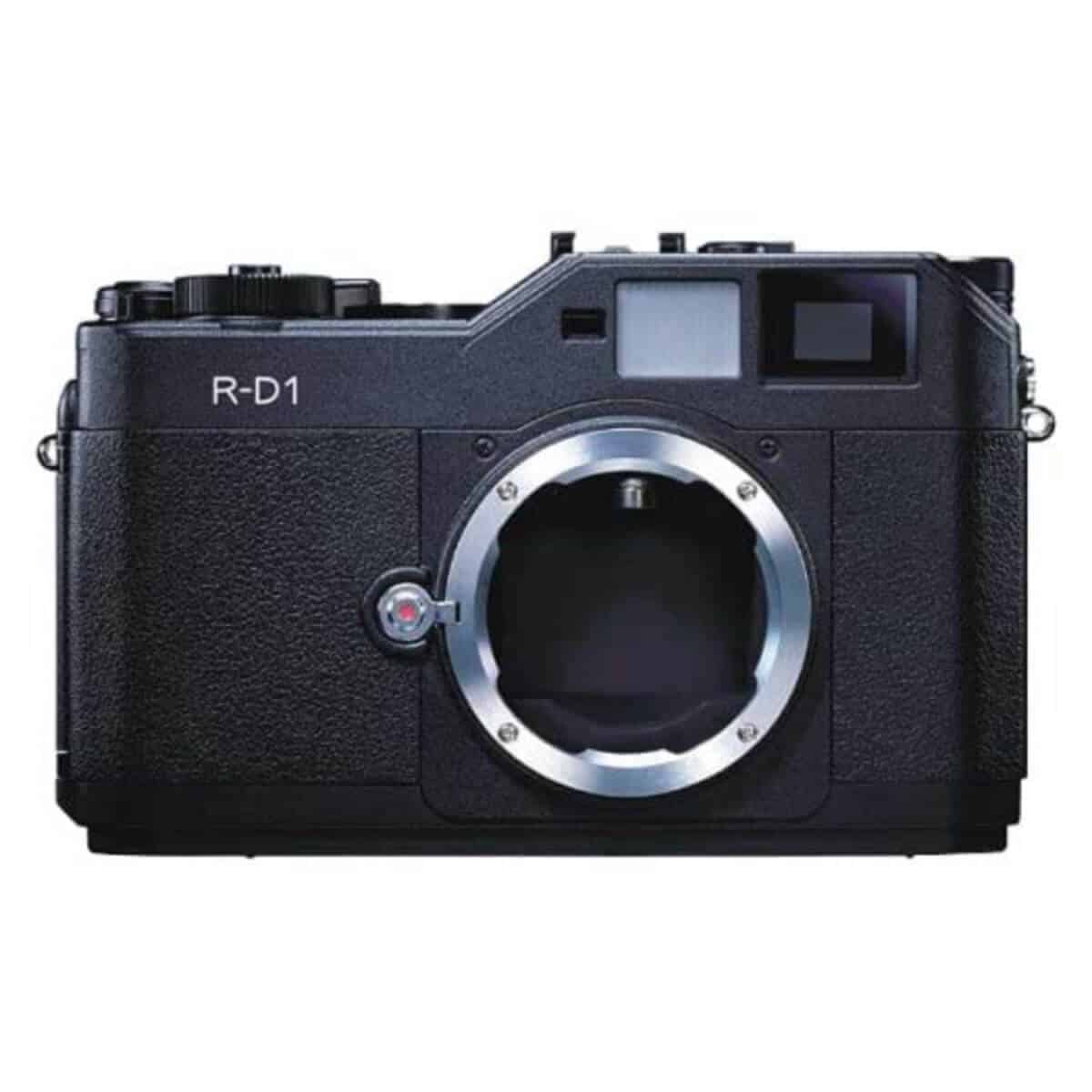As the name suggests, mirrorless cameras don’t have mirrors. This makes them lighter and faster. Is mirrorless the way of the future?

Defining a mirrorless camera
A mirrorless camera is a camera format also known as a mirrorless interchangeable-lens camera, hybrid camera, or digital single-lens mirrorless.
What differentiates a mirrorless camera with a digital single-lens reflex camera (DSLR) is that it doesn’t have the reflex mirror or an optical viewfinder.
Related: Everything you need to know about a DSLR camera
When you press the shutter on a DSLR to take a photo, the mirror flips out, which allows light to enter the camera and hit the image sensor. With mirrorless cameras, there’s no mirror, which means the image sensor is constantly exposed to light.
Since the image sensor is always exposed to light, the digital information is passed along to the electronic viewfinder or LCD screen.
Related: What’s positive and negative space?
Benefits and reasons to switch
If you’re thinking about switching from a DSLR to a mirrorless camera, you’re not alone. Many photographers have already made the switch because mirrorless cameras have an edge over the classic DSLR.
To help you make the right decision, the following are several benefits:
1. Compact and light. Without a mirror, they’re able to and are made smaller than a DSLR. By taking up less space, and being lighter, they’re easier to store and take on the go.
2. You can see exactly how the photo will look. Mirrorless cameras don’t have optical viewfinders. Rather, they have electronic ones. The great thing about an electronic viewfinder is that you can see how the end result will look when you alter the settings. This ensures the photo is exactly how you want it to be.
3. Shorter flange focal distance (FFD). The flange focal distance is the distance between the lens mount and the image sensor. By not having a mirror, the FFD can be shorter than a DSLR.
4. Great for videos. From the ability to shoot 4K videos to being small and lightweight, they’ve become a great choice for shooting videos. The size also makes it easier for you to hold, and won’t make you feel as tired after a day of filming.
5. Generally, they’re quieter. With fewer moving parts, they can shoot more silently than a DSLR. This is best noticed when you’re using the silent shooting mode.
Related article: How to choose a camera battery
Disadvantages
Although mirrorless cameras have advantages over a DSLR, they aren’t perfect. The following are places where they fall short:
- Shorter battery life than a DSLR.
- The length of a lens isn’t different, which means longer lenses can cause camera shake.
Epson R-D1, the first of its kind

In March 2004, the first digital rangefinder was released. It was the Epson R-D1, it wasn’t a mirrorless camera because they didn’t use the digital display for live preview.
Soon after, the Leica M8 was released, and the Epson R-D1 was discontinued in 2007.
Rangefinder cameras are great because of their good looks, and because they allow you to see what will move in the frame. Getting a perfect focus is also another benefit because it’s easier with rangefinder cameras.
Panasonic changed the camera world

The first digital mirrorless interchangeable-lens camera was the Panasonic Lumix DMC-G1. It was released in 2008, had 12.1 megapixels, and a 17.3 mm x 13 mm Live MOS sensor.
One of the most important features of the Lumix DMC-G1 was that it had autofocus, which wasn’t available in the Epson R-D1 or Leica M8.
Aside from being the first mirrorless camera, Panasonic also initiated the Micro Four Thirds revolution. Soon after, other manufacturers released their own Micro Four Thirds cameras.
Best mirrorless cameras
If you realized that a mirrorless camera is the best choice for you, now you need to find the right one. Sony is one of the most popular brands, and they’re well-known for creating high-quality mirrorless cameras.
The following are the best choices:
- Nikon Z6
- Nikon Z7
- Nikon Z50
- Fujifilm X-T4
- Fujifilm X-T30
- Sony A7R IV
- Sony A7 III
- Sony A6100
- Canon EOS RP
- Olympus OM-D E-M5 Mark III
- Panasonic Lumix GH5
Frequently asked questions
Is mirrorless the future?
Since mirrorless cameras capture high-quality images, are faster, smaller, and lighter, they are the camera of the future. However, as technology advances, DSLRs can elevate as well.
Do professionals use mirrorless cameras?
Many famous photographers have switched to a mirrorless camera. Professionals use both DSLRs and mirrorless cameras.
Why are mirrorless cameras more expensive?
Most mirrorless cameras cost more than a DSLR. It depends on the model and features, but in general, they’re more expensive. This is due to them being newer, marketed as a luxury item, and the size and weight make them more convenient. There are also fewer used cameras available, which results in paying full price.
Conclusion
Mirrorless cameras have an edge over DSLRs in weight, size, video, and being faster. However, since the technology is relatively new, it comes at a price. Generally, they’re more expensive, and there are fewer lenses available. With the many benefits, more and more photographers are deciding to switch from a DSLR to a mirrorless camera.
More resources:
- Why are Leica cameras so expensive?
- Understanding aperture
- The differences between a prime and zoom lens
Featured photo courtesy of Unsplash.
